CONTENT WARNING: This article discusses suicide and sexual assault in conjunction with the television show 13 Reasons Why. If this causes distress, please contact Lifeline on 13 11 14.
With the fourth and final season of 13 Reasons Why airing last week on Netflix, we take a look back at the controversial series. From the moments that drew us in and kept us watching, to the scenes that left us feeling sick: here’s the good, the bad and the ugly of 13 Reasons Why.

**Spoilers for seasons 1-3, mild spoilers season 4
The Good
An Amazing Cast
From Australia’s own Katherine Langford (season 1-2), to breakout stars like Brandon Flynn or Alisha Boe, there is no denying that this cast was stellar. The saving grace of the Netflix series is that the chemistry between the main ensemble was special, even palpable.
For the most part, the actors who portrayed the high school students actually looked like high school students. Not to mention the fact that Clay’s (Dylan Minnette) ‘overprotective’ parents were pretty damn realistic. I think every former-teen can attest to that!

Justin Foley: From Zero To Hero
“that smile, that damn smile”.
Oh sweet Justin. Where do I start?
While 13 Reasons Why follows Clay Jenson, the show is really about the growth of Justin. A boy who tried to grow from both the turmoil that was his birthright, and the chaos that had spread to his school life. To address the elephant in the room, yes- what he did to Jess was unforgivable.
Which is why it was so powerful in season 3 when he stands up in front of his peers and proclaims “I am a survivor”.
Justin’s battle with addiction and his continued struggle to make amends and do the right thing is the driving force of the series. And is ultimately what kept people like me watching, long after the series had reached its expiration date.
Representing The Duality Of Grief And High School.
There is a reason why the first season of the show has the highest critical praise. There was a relatability to it that the other seasons miss. The duality of battling the crushing weight of grief while sitting in a classroom learning algebra is, unfortunately, a pretty lived experience.
The first season represents this perfectly. We feel Clay’s pain at losing Hannah, as well as the stresses from High School life. For me, this was the strongest facet of the show, and becomes lost as the seasons become more sensationalised.
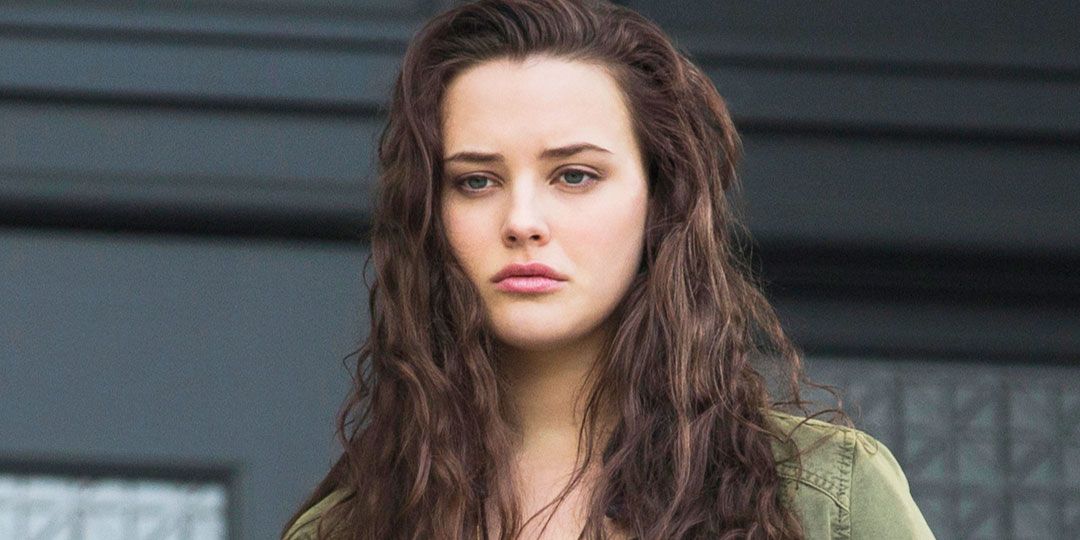
Tony Vs. ICE
With such a diverse cast, 13 Reasons seems to feel a responsibility to tackle a lot of the social-political issues the actors are facing in real life. While that noble concept does not always pay off, Tony’s narrative definitely does.
This storyline is a direct response to Americas current immigration laws. ICE stands for Immigrations and Customs Enforcement.
Tony’s family is deported to Mexico after the Walkers (a rich, white and powerful family) report them to ICE in retaliation. This is an issue that has received a lot of attention on social media, but is not represented in digital media very often. 13 Reasons Why uses their platform really well here, to visually display the devastating effects that Trump’s immigration policy is having on peoples lives.
Started A Conversation
Hmmm. This is a tough one. At times the producers of this controversial show have used this line to justify storylines that simply aren’t okay. That being said, it really has kick started a conversation on some very important issues.
When the first season hit our screens back in 2017, it unleashed a media frenzy. Parents, schools and the media panicked, claiming the show glorified self harm and depression. There were a bevy of petitions to get the series banned. Except that it didn’t glorify suicide. In fact, it looked at it in a very real way, and left a lot of youth’s finally feeling heard.
Since then, the series has also looked at the psyche of school shooters- who aren’t created in a vacuum. Furthermore, the show has shined in the way it shows the liberation of victims of sexual assault.

The Bad
Season 4: The Visual Representation Of PTSD
Season four is really weird, for a lot of reasons. One of those being that there is a clear emphasis this season on showing the audience what’s happening, rather than telling us. This season there is no narrator.
And that’s fine, in fact- it’s the hallmark of good storytelling. But it needs to be done well, otherwise the audience is left confused. Spoiler: it’s not done well.
Don’t get me wrong, the fact that literally every core member of the cast has PTSD is not that surprising. They’ve been through some shit. But the fact that all of their PTSD presents in the same quasi-supernatural way is so badly done. The characters trauma is used as a plot device to build mystery but it is ultimately just confusing, and a little boring. It is a weird portrayal of mental illness and ultimately goes nowhere.
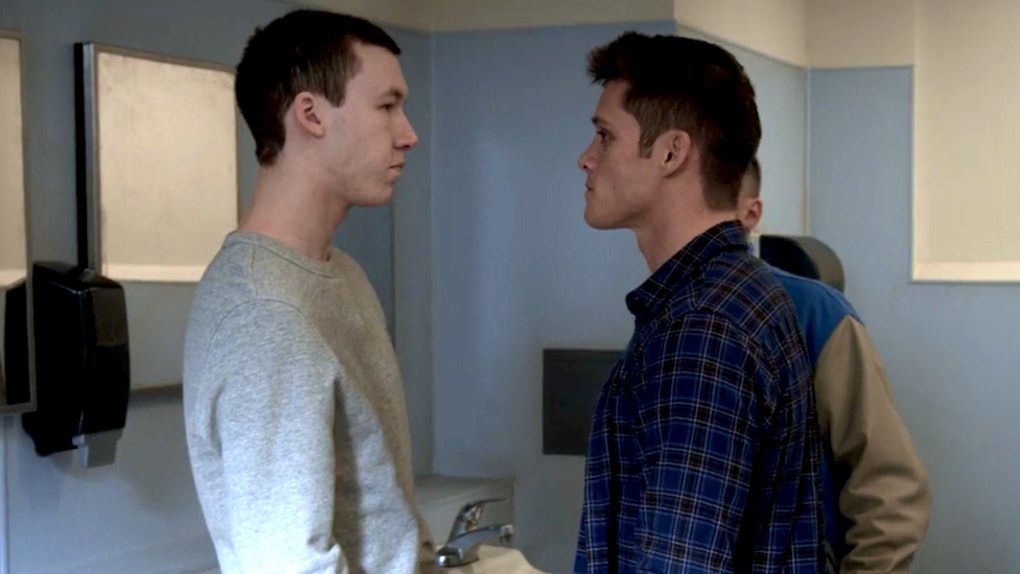
GC: TW: Graphic Scenes For Shock Value
While Hannah’s death scene has now been removed from the show, it was not the most traumatic or problematic scene of the series. Unfortunately, not by a long shot. Late in season two, Tyler (Devin Druid) is brutally raped by a group of bullies at school. I won’t go in to details, but its horrendous. Of course, 13 Reasons Why creator Brian Yorkey defended the scene, stating:
“But the fact is that, as intense as that scene is, and as strong as are or reactions to it may be, it doesn’t even come close to the pain experienced by the people who actually go through these things. When we talk about something being “disgusting” or hard to watch, often that means we are attaching shame to the experience. We would rather not be confronted with it”.
I disagree. Strongly.
The scene was unnecessarily gratuitous, and did more damage than good. The power of film is that actors can portray complex issues without having to force feed the problem to their audience. This scene smacked us in the face in away that made us want to turn away, not stand and fight.
The Ugly
Monty’s repressed sexuality
Oh boy, this storyline was so problematic. Monty was the POS that assaulted Tyler in the aforementioned scene. That’s right, the show tried to chalk up Monty sexually assaulting his victims to the fact that he was a closeted gay who was battling self-hate and an identity crisis.
Just let that sink in for a moment.
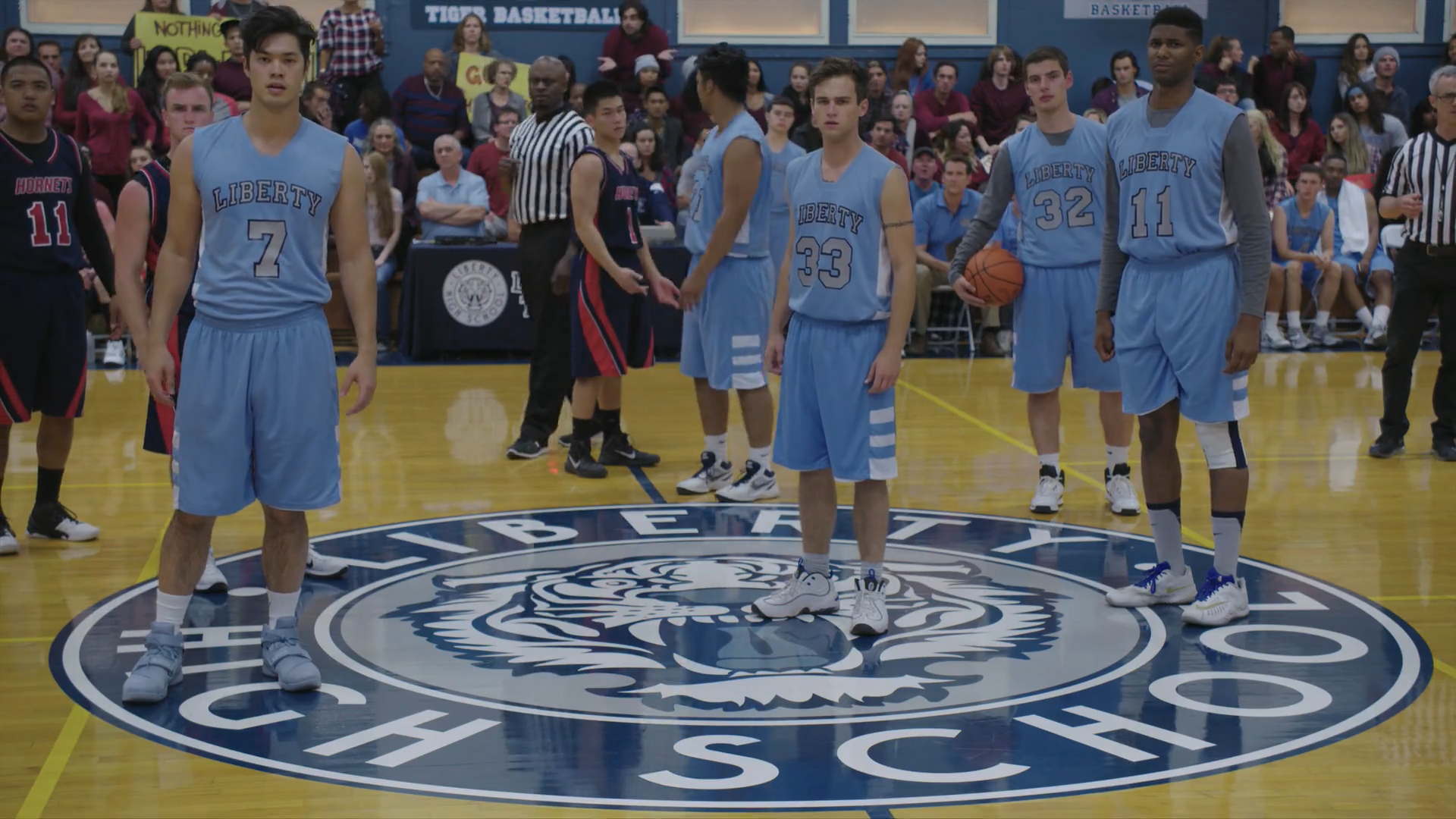
For too long, gay men have battled dangerous stereotypes that are founded on vicious rumours and homophobia. Two of the most problematic rumours are that they are pedophiles and rapists. This is part of the reason why it was so problematic when Kevin Spacey chose to come out at the same time that he was apologising for sexual assault allegations.
These issues have affected the gay communities for much of its history and are very well documented. Which is why there’s no excuse for this narrative in 13 Reasons Why. It is detrimental to the gay community and sends a very uneducated message.
For a show that is so focused on starting a conversation, this one took us all the way back to the 90s.
Bryce’s Redemption Arch
Another gigantic misstep from the creators of 13 Reasons. By the end of season two, the audience is left feeling rightfully gypped. Bryce Walker, resident lowlife of the fictional town of Crestmont receives virtually no consequences for raping Jessica. Even though there is a mountain of evidence confirming Jessica’s story.
The storyline echoes reality closely, and many viewers drew direct comparisons to the barely convicted rapist Brock Turner. So of course, we all felt a severe hate towards Bryce’s character.
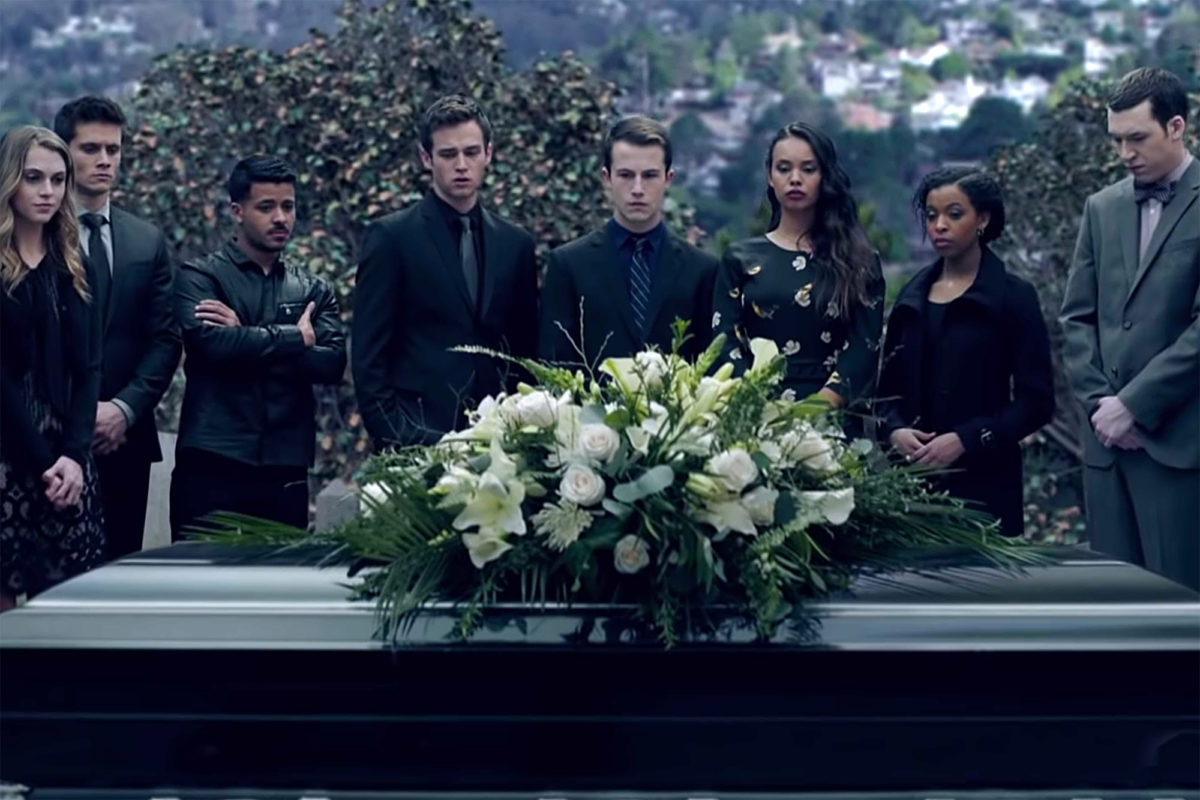
Imagine our surprise when they then tried to make his character sympathetic in season 3. ‘Poor’ Bryce was left largely friendless in a new school, and felt abandoned when his daddy left him. He cried in his mansion, and was occasionally nice to his victims. He also managed to have a consensual relationship with the hired help who lived in his house- progress!
Don’t get me wrong, Justin Prentice – who plays Bryce – does a wonderful job in displaying the duplexity of his character. But it is a storyline that shouldn’t exist.
Now, it’s not my place to decide whether offenders can change, or be forgiven. But, when a serial rapist suffers basically no consequences and repents within the space of a year- I think it’s safe to say that they probably haven’t earned the right to redemption.
This was an ugly storyline, and the fact that it continued for a full season is a black mark against the series.
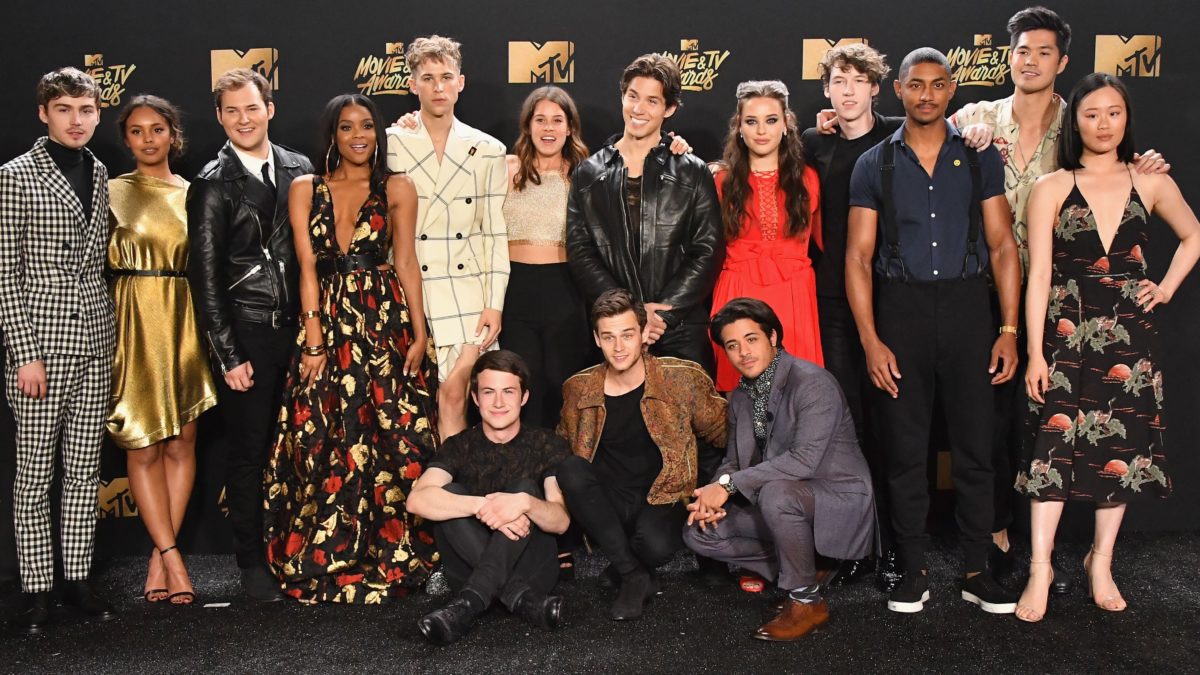
13 Reasons Why was an important cultural phenomenon, and is a really good example of our current zeitgeist. We are in a time of intense social and political upheaval. The norm is changing, and so are our values and attitudes. 13 Reasons tried to keep up, and sometimes they did. Unfortunately, too many times they missed the mark. In a big way.
Adios 13 Reasons Why. I can’t say that you will be missed.
Subscribe to FIB’s Weekly Alchemy Report for your weekly dose of music, fashion and pop culture news!







